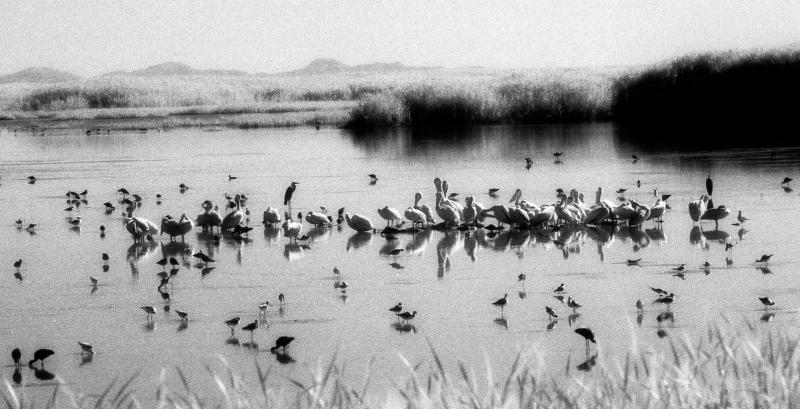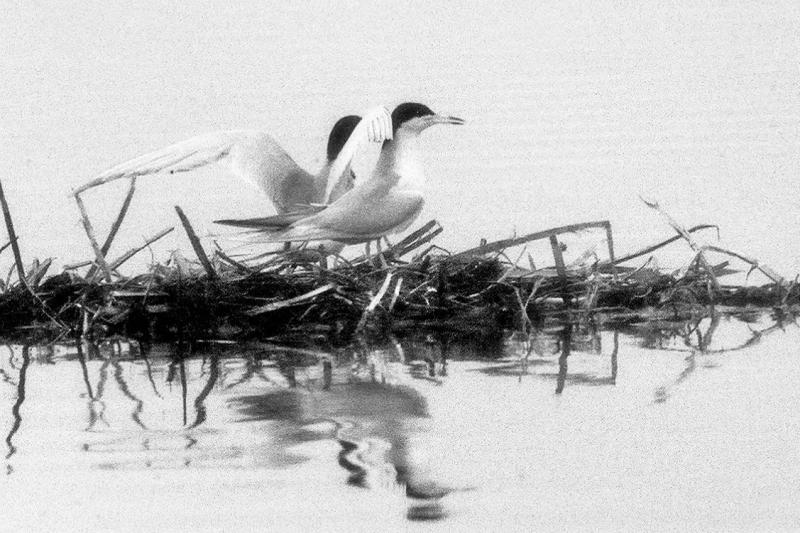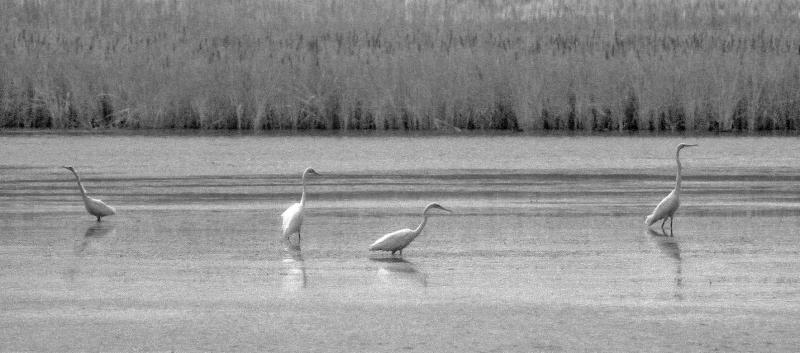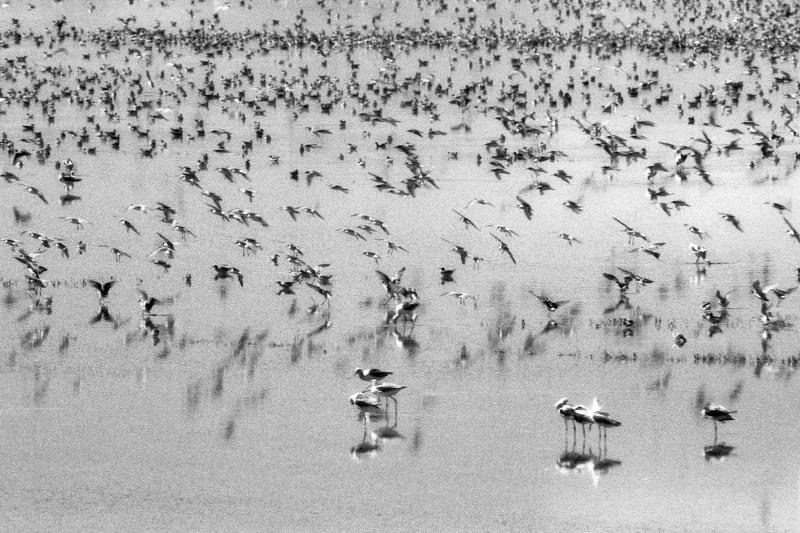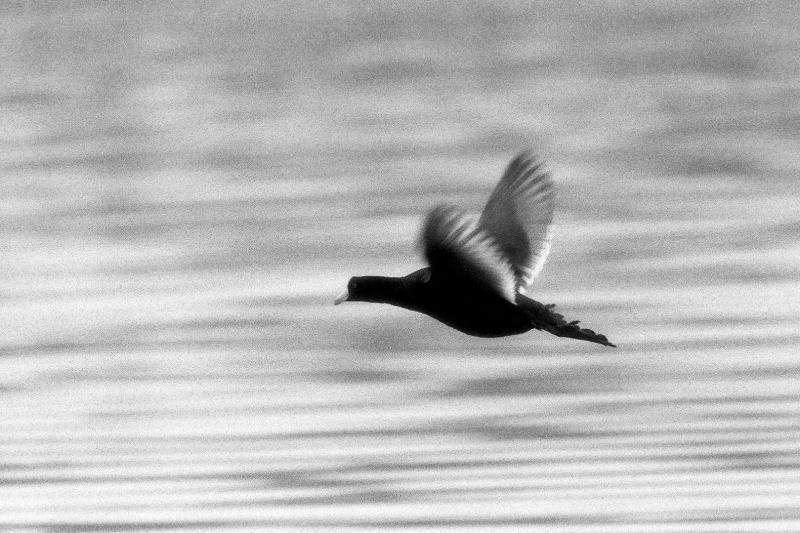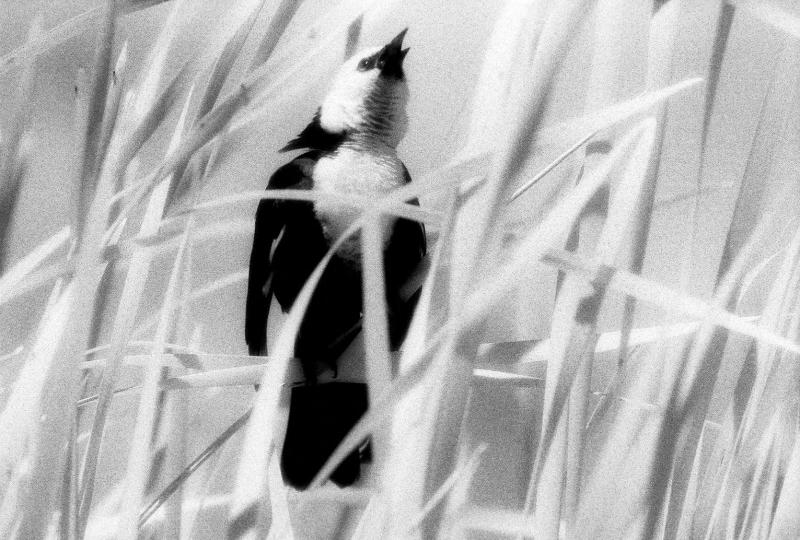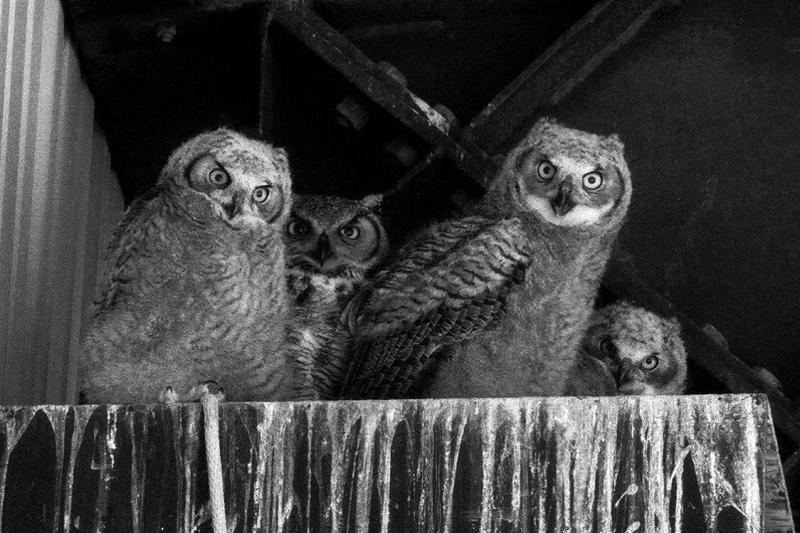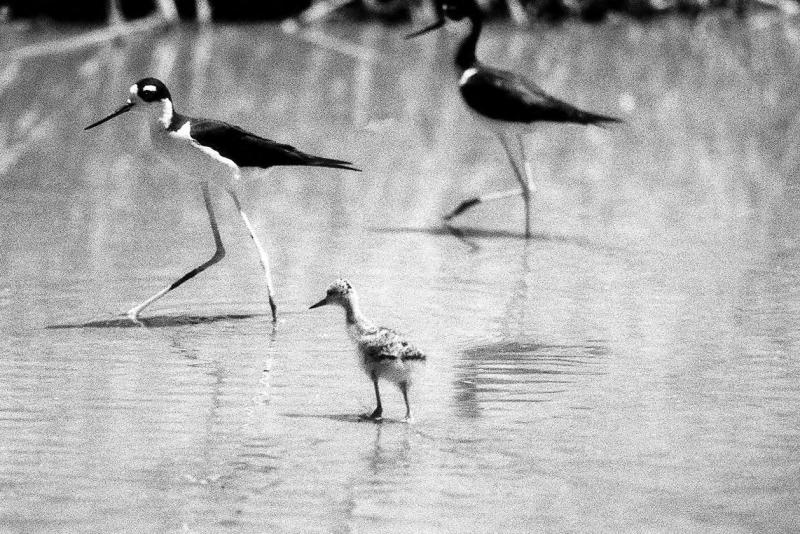Birds
Great Salt Lake has always been a haven for birds, both migratory and resident. Drawn by the one hundred billion brine flies and the safety and rest that was offered by such a large body of water in such a dry part of the world. The River deltas on the eastern side of the lake are particularly abundant, as water flows in from the Bear, Jordan, and other rivers, lowering the salinity and allowing a diverse array of ecosystems to flourish. Some species that depend on the wetland resources of the Great Salt Lake include Wilson’s phalarope, red-necked phalarope, American avocet, black-necked stilt, marbled godwit, snowy plover, western sandpiper, tundra swan, American white pelican, white-faced ibis, California gull, eared grebe, peregrine falcon, bald eagle, ducks, and geese. The islands of the Great Salt Lake have also proven to be a refuge for birds, with the largest rookery of American white pelicans being found on Gunnison and Cub islands. The security of these redoubts is being tested by low water levels, which exposes the salt flats and allows predators such as coyotes access to the breeding grounds.


